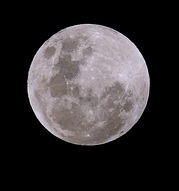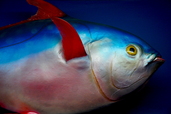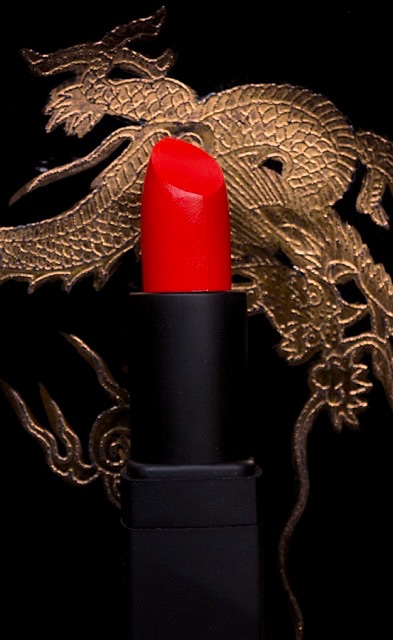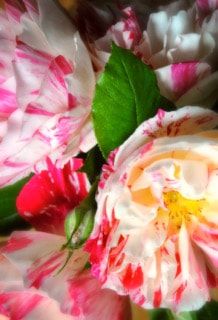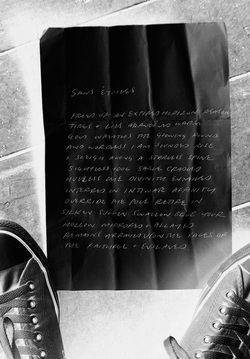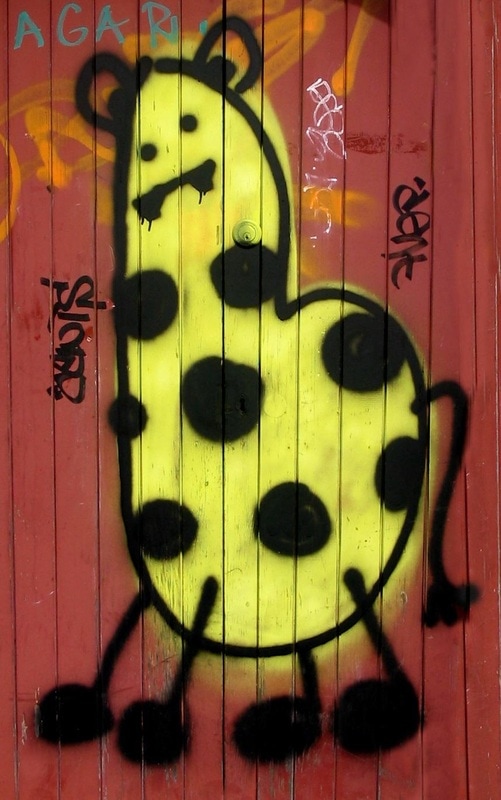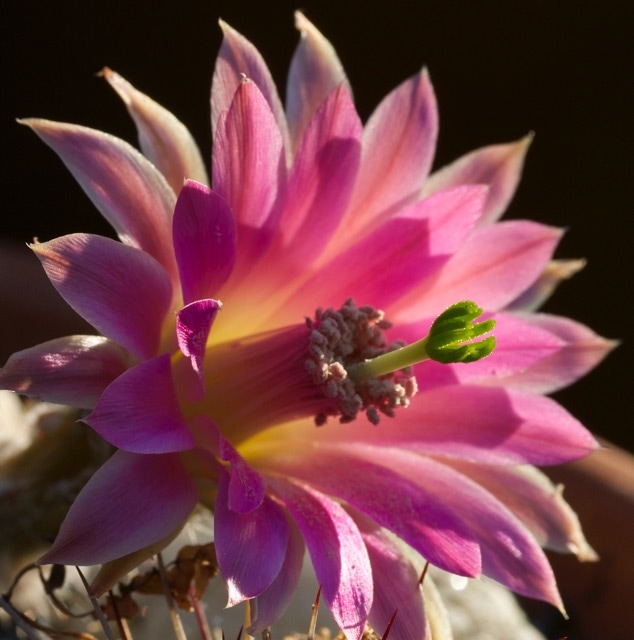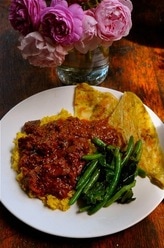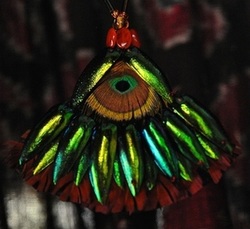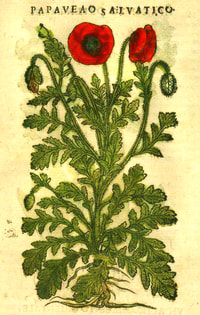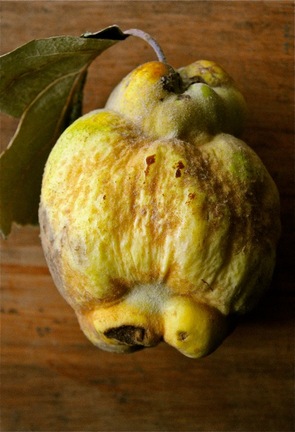
I get my quinces posted to me since the local fruiter insists on charging $2 a piece and that is bullshit, my friends. We have our own tree but it's still jailbait as far as production is concerned. They're increasingly easy to come by so just ask around until you secure your own source.
| W H A T Y O U ' L L N E E D - About 3 kg of fresh quince or other pome fruit - About 6 cups of white sugar - 2 big lemons - A BIG jam or pasta pot. - A medium square of clean cheesecloth (see below) - A colander or sturdy sieve - About 6 standard jam jars + lids | < This is what you can expect to end up with, which is indeed a glorious result, well worth the potential hassle of procurement and the time involved. All good things come to those who give a toss and make the effort. I'm using 3 kg of quince today; have a look at the pic (with a fork for scale) below right to see what that looks like. These are a large old variety; some types are smaller so you might need more individual pieces but the great thing about this fruit family is that it includes apples (both regular and crab) and you can chuck these guys in to make up the weight if necessary. It will make little to no difference to the result. I'm adding about half a kilo of my own crabapples just because they're ready and will be wasted otherwise. It's a relatively simple recipe but do read it through before attempting; you can buy jelly-making cheesecloth online and increasingly in shops. If you need more jam-making advice, click here. |
| < Quinces are often covered in brown down or fur; wash this off and cut out any bruised or manky bits before chopping the whole lot roughly and chucking it into a big pan of water. Core, stalks and all. Same goes with the crabs and any other apples you're adding since the woody bits are where the pectin that will set this jelly lives, by and large. Quince flesh goes brown on exposure to air so keep it under water in the pot. Below left- some crabapples. Below middle- what a nice quince looks like inside. Below right- what a quince with Codling Moth damage looks like- never mind, just cut out and discard this bit. Don't waste the rest. |
| > Now you want your cheesecloth. Ideally your partner shouldn't be wearing it on his head (unhygienic and distracting) but he's a simple creature and I don't like to disappoint him. Spread the cloth over your sieve/colander and ladle out some fruit+juice so that the liquid runs through them into the bowl. |
| Everyone says not to squeeze the pulp, but I do it all the time. Go ahead- squeeze that bitch. Squeeze it quite hard (not too hard). Unless you're in some sort of neurotic arms race with rival kitchen bitches, trust me- no one gives a shit how clear your jelly is. I squeeze and still get a perfectly clear-ish result and nobody throws me in jail. But if you're not going to squeeze the pulp, expect to leave it overnight to finish dripping. Uh huh. That's why I squeeze. Below left- this is what you'll end up with; pinky juice and the leftover pulp. You can dig it into the garden or compost heap. |
| At this stage you can put the juice in the fridge and leave it for a few days, perhaps as long as a week. But we're pressing on today. Below- measure the juice as you pour it into the cooking pot; I got 9.5 cups from 3kg of quinces + 500gs of crabapples. To this you add roughly two thirds of that volume's worth of sugar, so 9.5 cups will need about 6 heaped cups of sugar. Chuck it into the juice and squeeze two large lemons in with it; this acidifies and preserves the jelly. |
| > It will foam up like this. Reduce the heat slightly and let it recede, then bring it back to high heat once more. This will happen a lot; be prepared for it. | < Put the ring on high and get that liquor boiling hard. It's important to always supervise this end of proceedings as it will boil over disastrously at the drop of a hat. Don't let any undissolved sugar stick to the bottom and burn- mix it really well. |
| < See what happens when you're too lazy to skim the white stuff properly, lol? It's not a great look but it won't hurt your jelly and settles down a bit as it cools anyway. This lot made 5 and 3/4 jars of varying sizes, but each batch is different. Better to have too many jars than not enough. Serve on toast and cakes and plop a tablespoon into gravies, stews, curries and sauces for a rich mysterious sweetness and fruity complexity that'll have everyone wondering how the hell you do it. Refrigerate once opened but quince jelly will keep sealed for well over a year. |

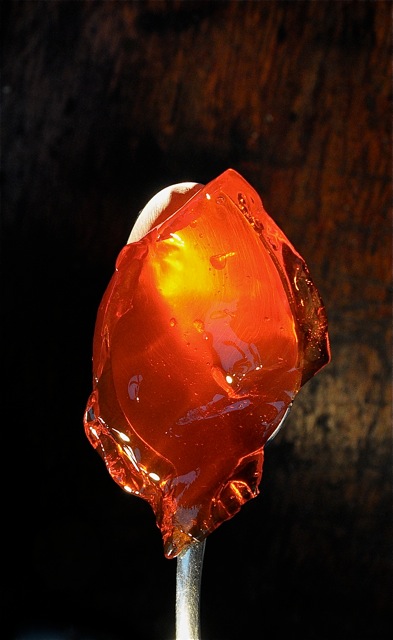
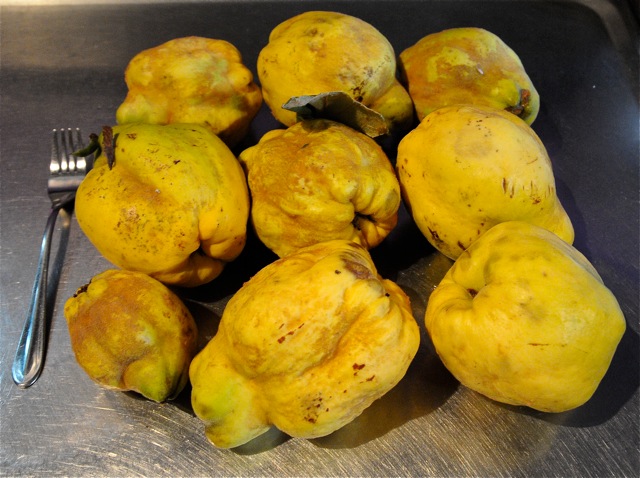
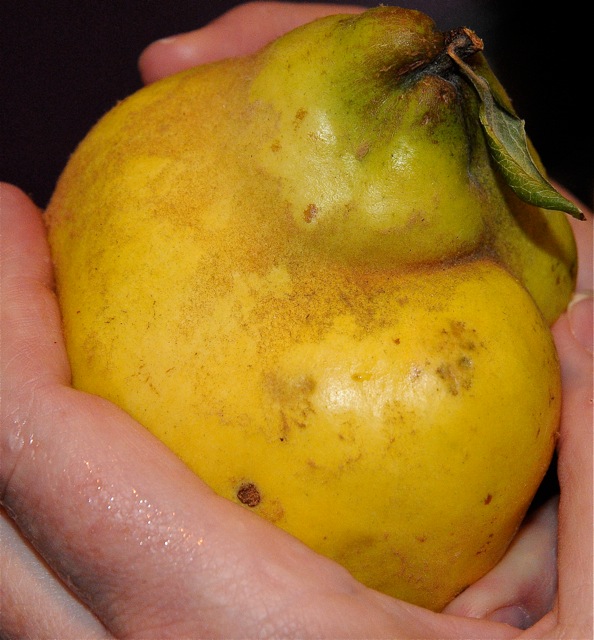
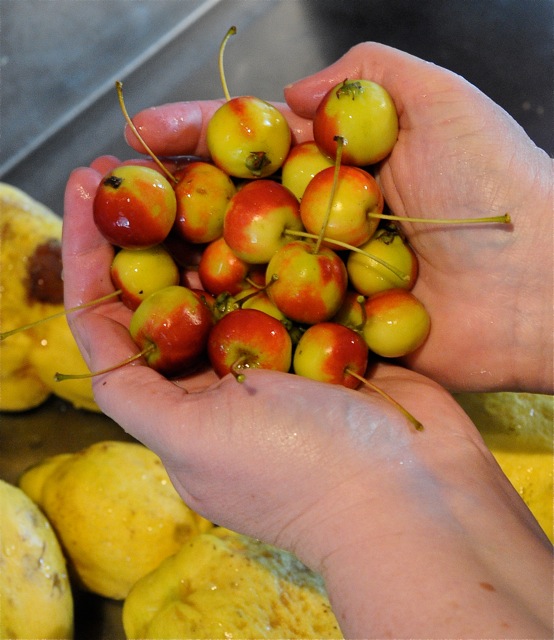
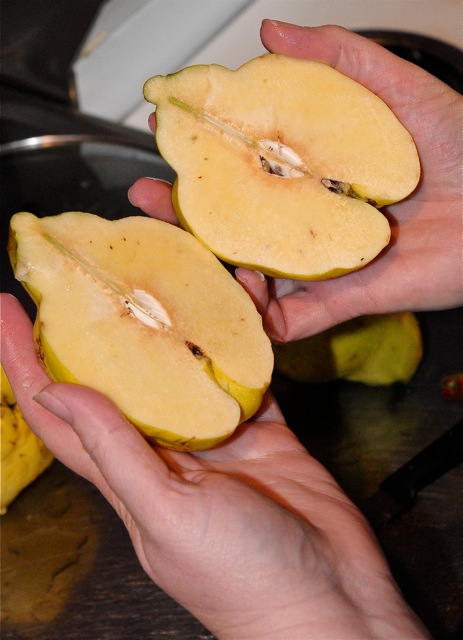
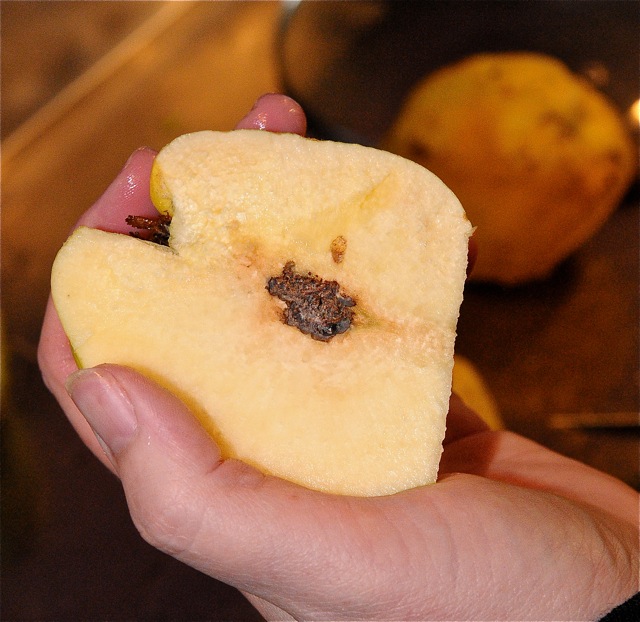
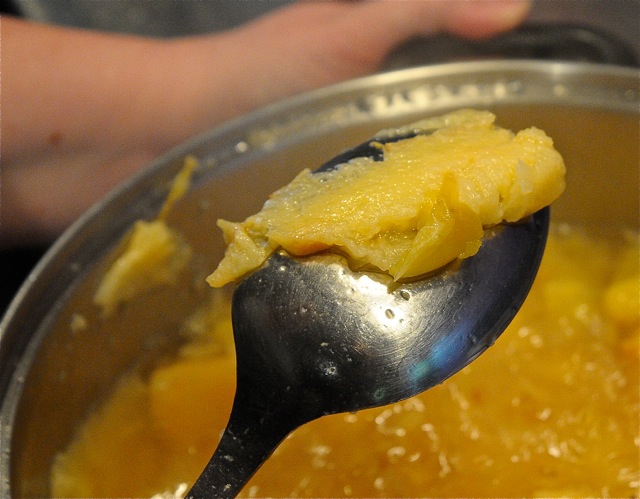
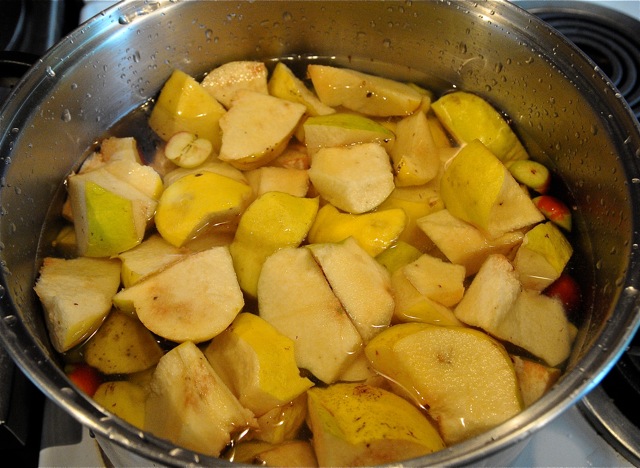
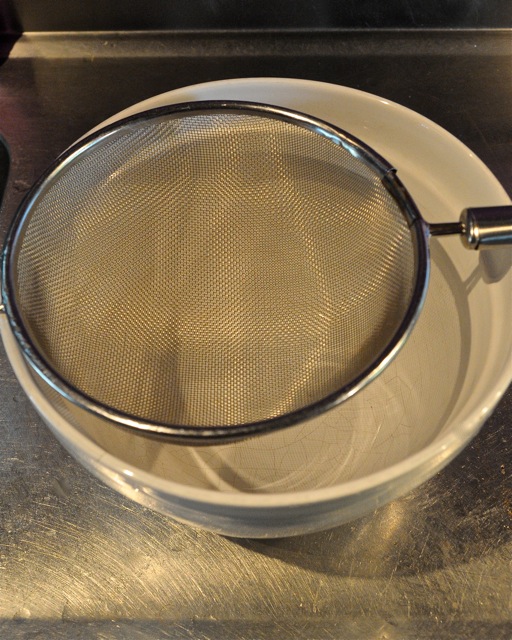
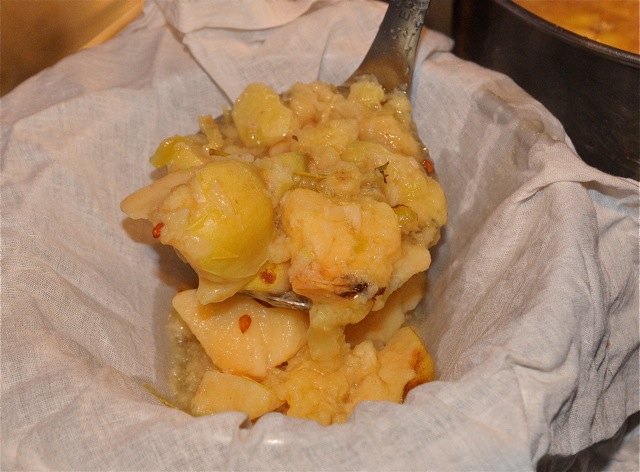
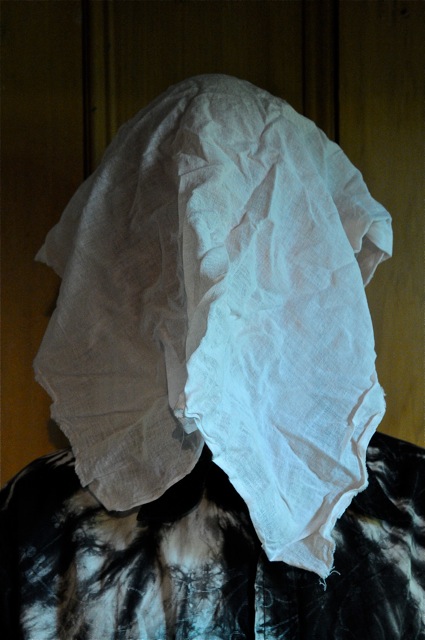
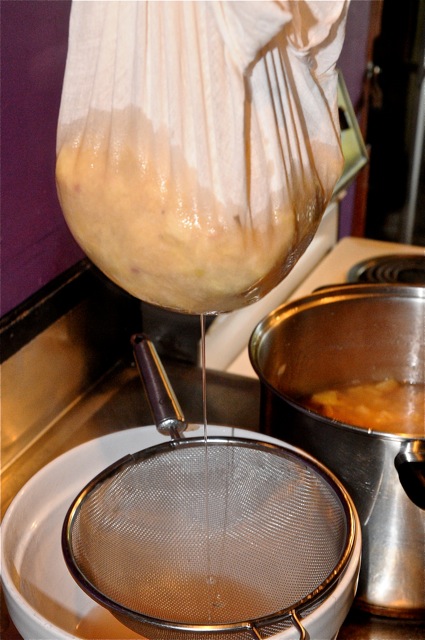
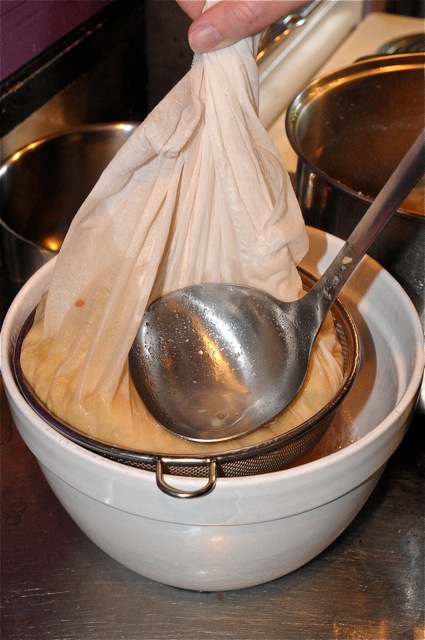
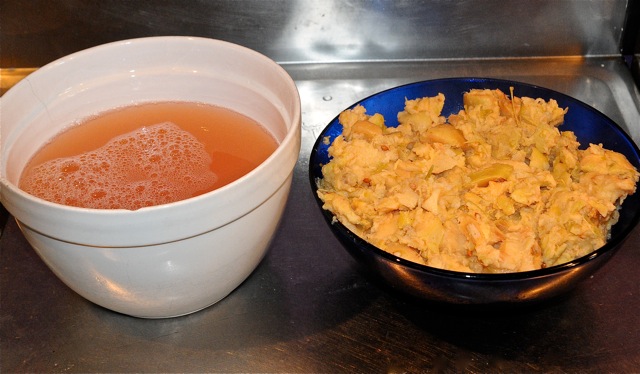
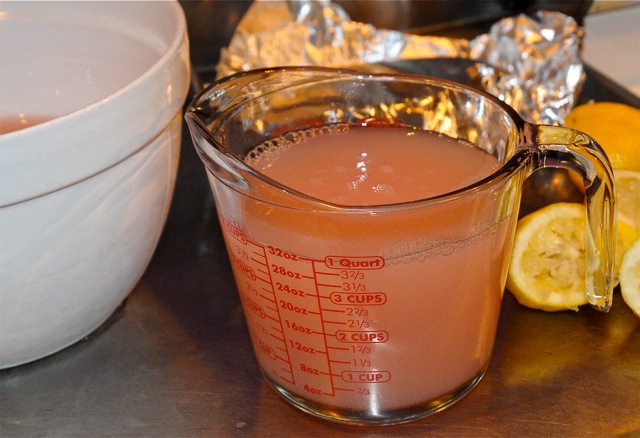
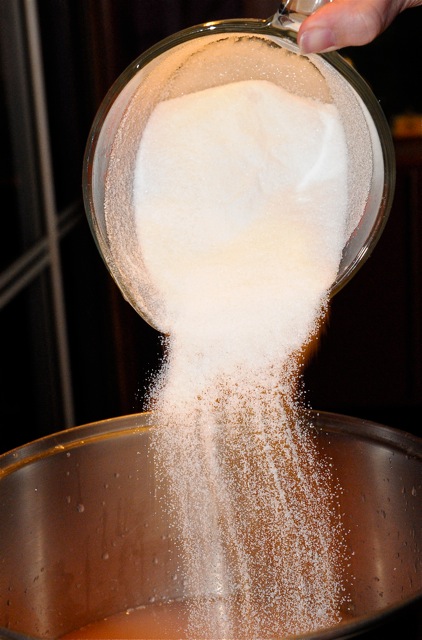
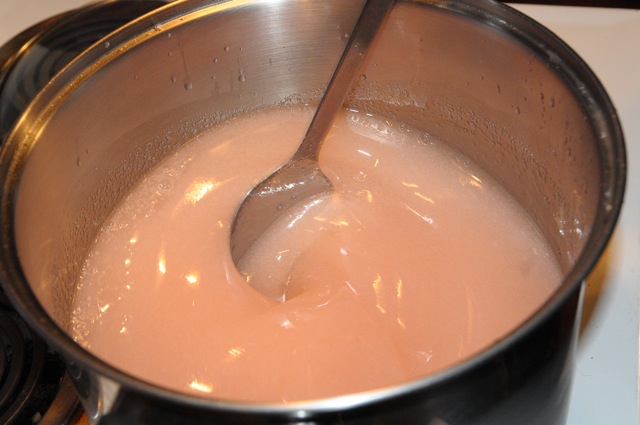
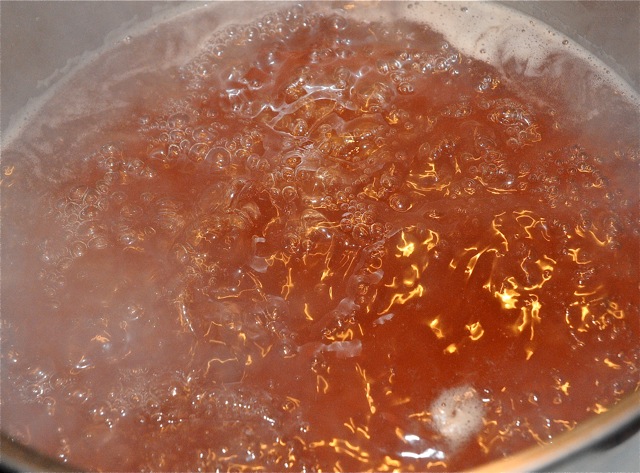
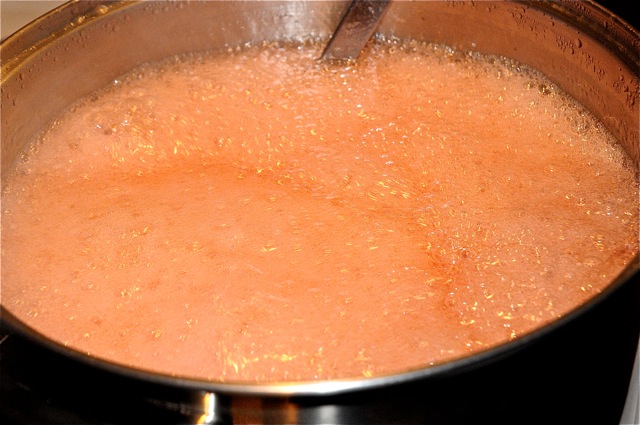
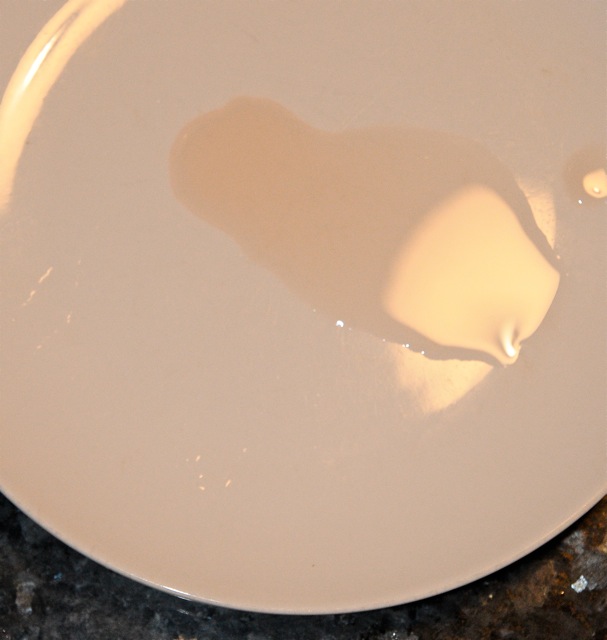
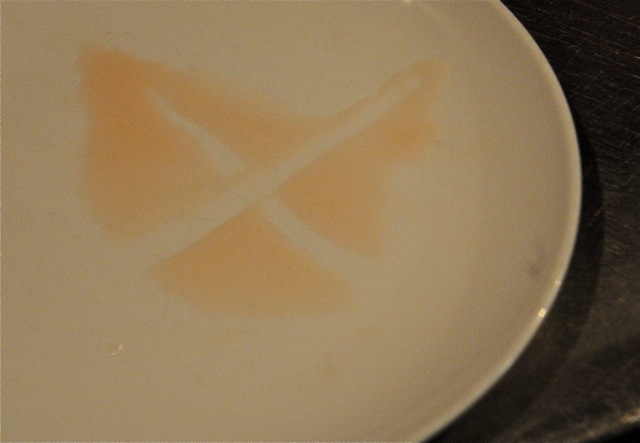
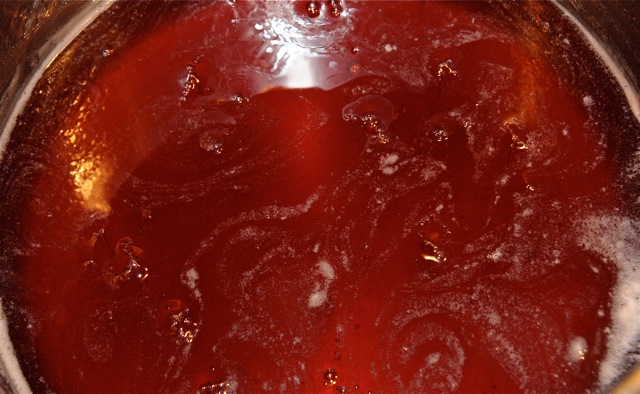
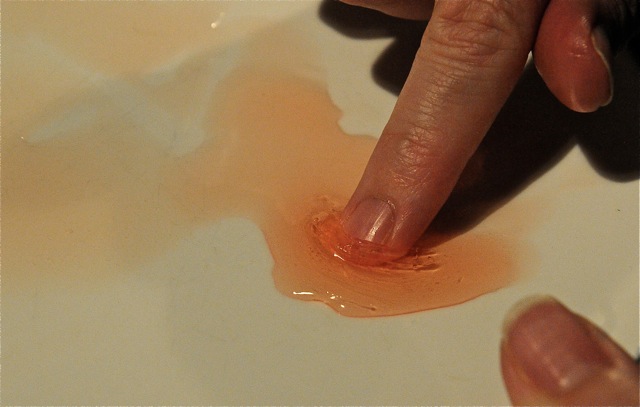
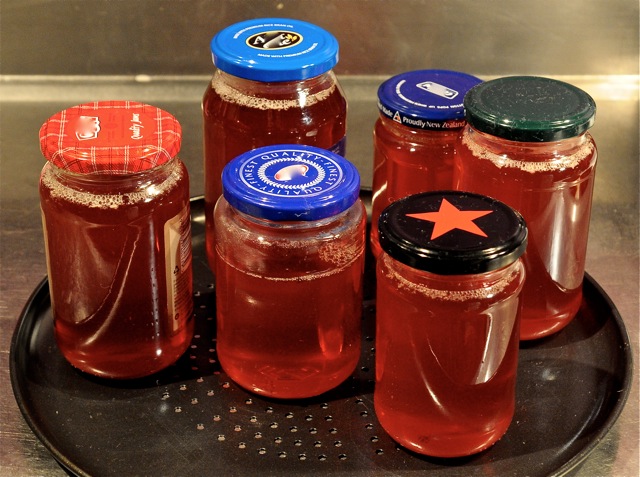
 RSS Feed
RSS Feed
